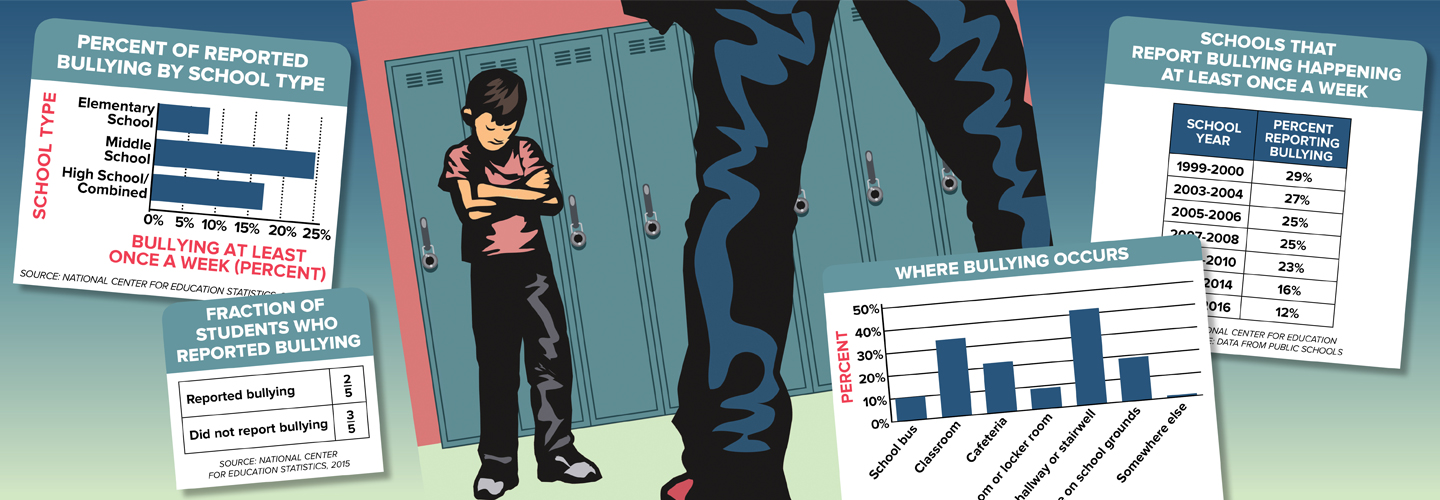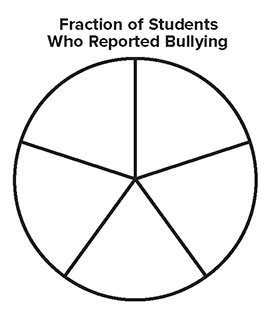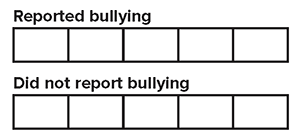People aren’t always nice to each other. Sometimes, they can be downright mean. Bullying is when words or actions are used to hurt someone more than once.
Bullying happens everywhere and to more people than you may think. More than two in five students report being bullied.
The PACER Center in Minnesota has run the National Bullying Prevention Center since 2006. The center teaches students, parents, and schools about the effects of bullying. It also encourages communities to help prevent bullying and promote kindness.
“Bullying is an issue that impacts all kids,” says Bailey Lindgren of PACER. Often kids are bullied for things that make them unique. “Bullying is about power,” she says.
If you see someone being bullied, speak up. Researchers have found that when a peer steps in, more than half of bullying situations stop within 10 seconds.
Spreading kindness can also help. It happened at Marshall Elementary School in Wexford, Pennsylvania. About 20 fourth-graders formed an anti-bullying club about five years ago.
Older students are buddies to younger students, writing letters and reading stories. They also created a buddy bench on the playground. Students can go there if they want someone to play with. Their work won a national award from the PACER Center last May.
“Together we can help create a world without bullying,” says Lindgren.
People aren't always nice to each other. Sometimes, they can be downright mean. Bullying is using words or actions to hurt someone more than once.
Bullying happens everywhere. It happens to more people than you may think. More than two in five students report being bullied.
The PACER Center is in Minnesota. The organization has run the National Bullying Prevention Center since 2006. The center teaches students, parents, and schools about the effects of bullying. It encourages communities to help prevent bullying. And it promotes kindness.
"Bullying is an issue that impacts all kids," says Bailey Lindgren. She works at PACER. Often, kids are bullied for things that make them unique. "Bullying is about power," she says.
If you see someone being bullied, speak up. Researchers have found that when a peer steps in, more than half of bullying situations stop within 10 seconds.
Spreading kindness can also help. It happened at Marshall Elementary School in Wexford, Pennsylvania. About 20 fourth-graders formed an anti-bullying club. This happened about five years ago.
Older students are buddies to younger students. They write letters and read stories. They also created a buddy bench on the playground. Students can go there if they want someone to play with. The older students' work won a national award from the PACER Center. They got the award last May.
"Together we can help create a world without bullying," says Lindgren.



